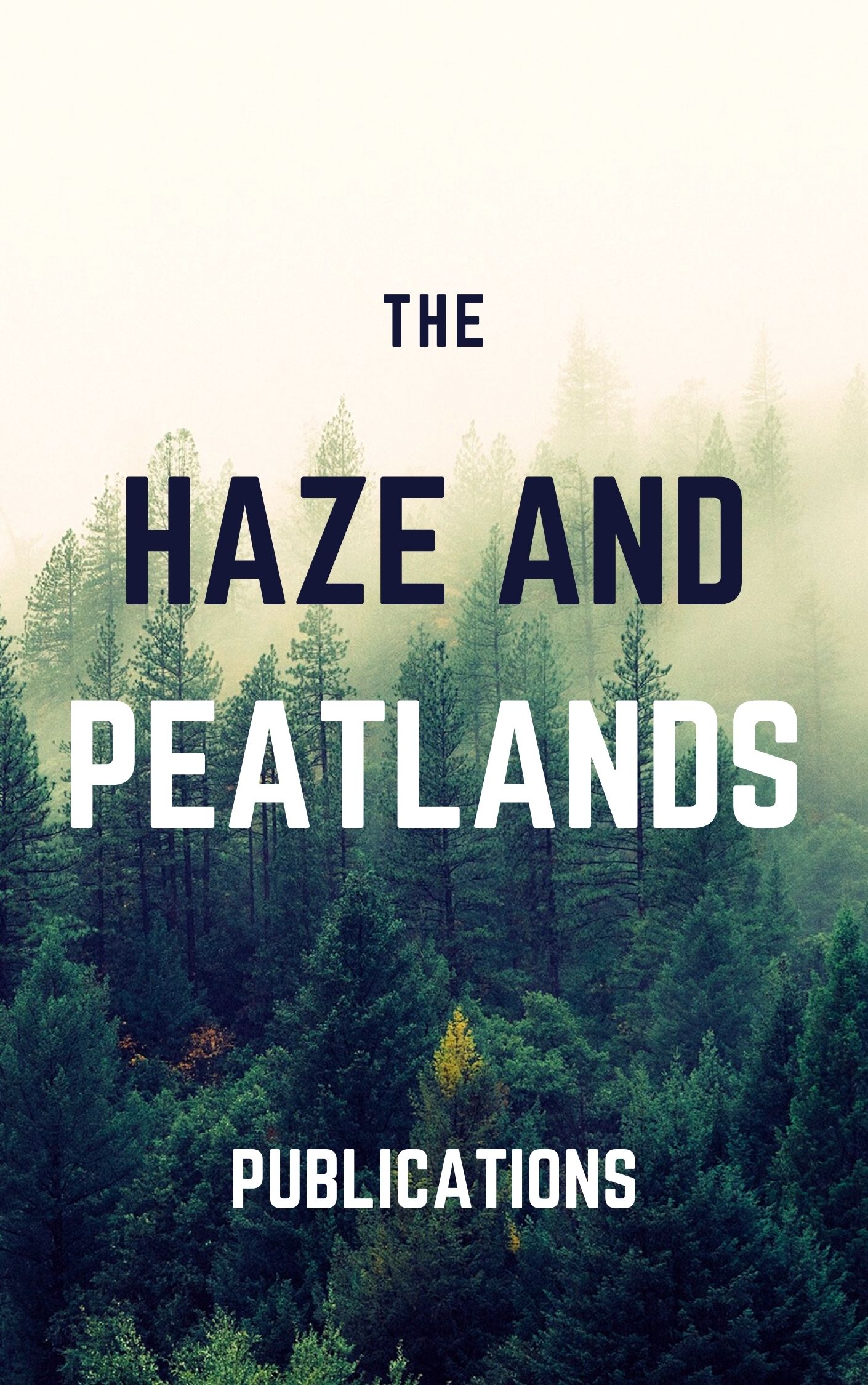Vegetation fires have become an increasing problem in tropical environments as a consequence of socioeconomic pressures and subsequent land-use change. In response, fire management systems are being developed. This study set out to determine the relationships between two aspects of the fire problems in western Indonesia and Malaysia, and two components of the Canadian Forest Fire Weather Index System. The study resulted in a new method for calibrating components of fire danger rating systems based on satellite fire detection (hotspot) data. Once the climate was accounted for, a problematic number of fires were related to high levels of the Fine Fuel Moisture Code. The relationship between climate, Fine Fuel Moisture Code, and hotspot occurrence was used to calibrate Fire Occurrence Potential classes where low accounted for 3% of the fires from 1994 to 2000, moderate accounted for 25%, high 26%, and extreme 38%. Further problems arise when there are large clusters of fires burning that may consume valuable land or produce local smoke pollution. Once the climate was taken into account, the hotspot load (number and size of clusters of hotspots) was related to the Fire Weather Index. The relationship between climate, Fire Weather Index, and hotspot load was used to calibrate Fire Load Potential classes. Low Fire Load Potential conditions (75% of an average year) corresponded with 24% of the hotspot clusters, which had an average size of 30% of the largest cluster. In contrast, extreme Fire Load Potential conditions (1% of an average year) corresponded with 30% of the hotspot clusters, which had an average size of 58% of the maximum. Both Fire Occurrence Potential and Fire Load Potential calibrations were successfully validated with data from 2001. This study showed that when ground measurements are not available, fire statistics derived from satellite fire detection archives can be reliably used for calibration. More importantly, as a result of this work, Malaysia and Indonesia have two new sources of information to initiate fire prevention and suppression activities. © 2005 Springer Science+Business Media, Inc.
View source
Keyword(s)
Fire management, Forest fires, Hotspots, Land fires, Tropical forest management, Vegetation fires, Air pollution, Calibration, Economic and social effects, Land use, Reliability, Smoke, Tropics, Vegetation, Clusters, Fire danger rating, Fire management systems, Fire weather index, Fire hazards, forest fire, land use change, remote sensing, satellite data, article, climate, cluster analysis, fire, Indonesia, Malaysia, measurement, pollution, socioeconomics, statistics, tropic climate, validation process, weather, Canada, Fires, Forecasting, Spacecraft, Asia, Eastern Hemisphere, Eurasia, Southeast Asia, World

